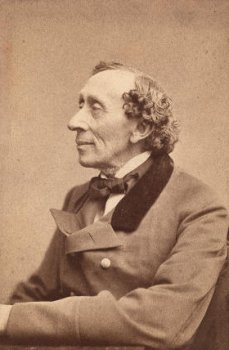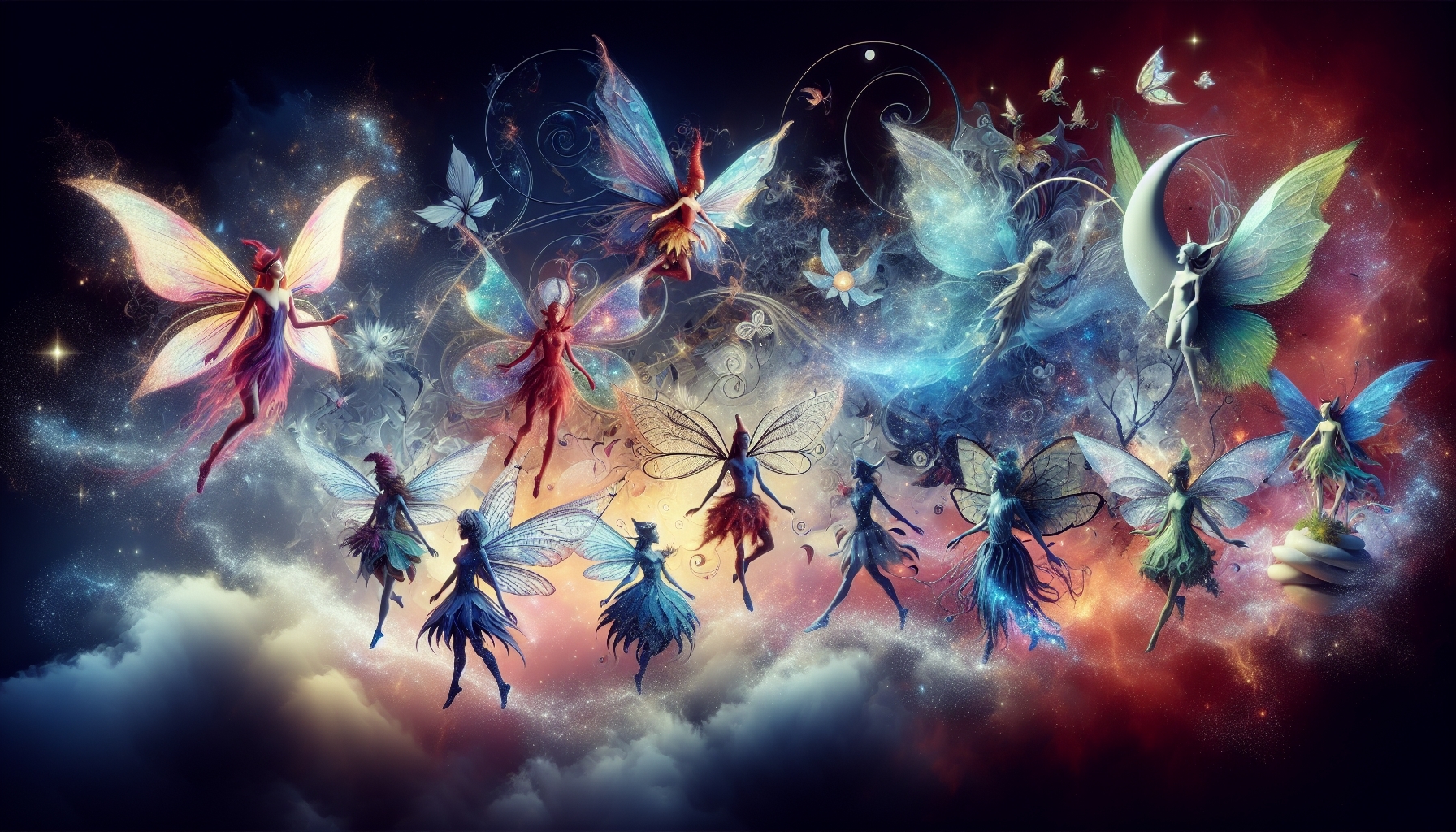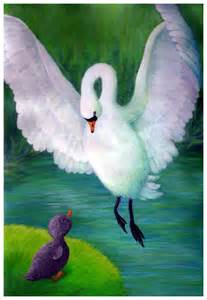The Ugly Duckling Story

"The Ugly Duckling Story" is a cherished fairy tale written by Danish author Hans Christian Andersen. First published in 1843, the tale is often considered semi-autobiographical, mirroring Andersen's own experiences of feeling different and alienated in his early life.
Charles Perrault, born in 1628, was a highly influential figure in 17th-century French intellectual circles. While many know him for his fairy tales, it's worth noting that he was also a lawyer and a member of the French Academy. Perrault didn't just transcribe these stories; he infused them with elements of his society's moral and ethical considerations. His works have become a fascinating subject of study for scholars who explore how he delicately balanced folklore with the literary expectations of his time. Furthermore, his unique approach laid the groundwork for the genre of literary fairy tales that followed, cementing his legacy.
The story has since permeated global culture, translated into numerous languages, and adapted into various media, including film, television, theater, and even ballet. The narrative's universal themes of personal transformation, self-identity, resilience, and acceptance continue to resonate with readers of all ages, making it an enduring classic in children's literature.
The Ugly Duckling Story is the story of The Ugly Duckling, We embark on a journey through time and imagination as we delve into the rich history and profound narrative of one of the most cherished fairy tales in the world—Hans Christian Andersen's "The Ugly Duckling." This timeless tale, first published in 1843, continues to captivate audiences with its universal themes of personal transformation, self-identity, resilience, and acceptance. Regarded as a semi-autobiographical work reflecting Andersen's own experiences of feeling different and alienated, "The Ugly Duckling" resonates with readers of all ages, making it a treasured classic in children's literature.
The Ugly Duckling Story
Summary:
The narrative of "The Ugly Duckling Story" tells the heartfelt tale of a little bird who endures ridicule and isolation due to his apparent differences from his siblings. Born in a barnyard, this duckling doesn't look like his brothers and sisters. He is larger, clumsier, and lacks their yellow, fluffy appearance. He is mocked by his siblings, other animals, and even his own mother, leading him to be christened as the "ugly duckling."
Feeling lost and without a sense of belonging, the "ugly duckling" leaves his home. He embarks on a solitary journey through a harsh and unforgiving world, facing adversity at every turn. Winter arrives, adding to his difficulties, but the resilient "ugly duckling" perseveres, finding shelter where he can and waiting out the cruel winter months.
When spring finally arrives, bringing with it new life and hope, the "ugly duckling" gazes at his reflection in the water, hardly recognizing himself. He has grown and transformed into a majestic swan. This revelation is a moment of joy and self-discovery for him. His transformation is acknowledged by the other swans and admired by humans, leading him to be accepted and embraced for his unique beauty. He finally finds acceptance, joy, and his place in the world, realizing that he was never an ugly duckling but a swan waiting to reveal his true self.
What Does the Story of the Ugly Duckling
Teach Us
In the heartwarming and enduring tale of "The Ugly Duckling Story", Hans Christian Andersen masterfully explores themes of self-identity, personal transformation, resilience, and acceptance. This story offers a profound message about the nature of true beauty—that it lies within us, often unseen, and takes time to reveal itself.
Through the journey of the "ugly duckling," the narrative teaches us about the value of resilience in the face of adversity and the importance of personal growth and self-discovery. It underscores the message that being different is not a shortcoming, but rather, it's often these differences that make us uniquely beautiful.
Furthermore, "The Ugly Duckling" is a tale that promotes empathy, understanding, and kindness. It reminds us not to judge others based on their appearances or early life, as transformations are possible, and everyone has their own timeline of growth and self-realization.
As the "ugly duckling" matures into a swan, we are reminded of the powerful metamorphoses that time and growth can bring. It serves as a testament to everyone's potential to transform and find their true place in the world, no matter their beginnings.
Exploring the Actual Fairy Tale:
The core tale of Puss in Boots Story is replete with themes that echo larger life lessons. First, let's look at the cat as a catalyst for change. In many ways, the feline is the personification of ingenuity and resourcefulness. From the moment he requests a pair of boots, he seems to understand the nuances of the human world better than any other character in the story, including his master. It's this cleverness that ultimately uplifts his master from a lowly miller's son to a respectable noble, painting a vivid picture of social mobility made possible by wit and courage.
As we delve deeper, the setting itself becomes a character in the narrative. The ogre's castle, the fields, and the royal palace each serve as stages where pivotal moments of the plot unfold. Each setting contributes to the tale's overarching themes of aspiration, transformation, and resourcefulness.
Finally, it's worth noting that Puss in Boots Story isn't just a 'happy-ever-after' story. The conclusion does see the miller's son marry the princess, but it also raises questions about the means used to attain such an end. This open-endedness allows for discussions about the tale's moral implications, which adds a layer of depth and keeps us returning to the story generation after generation.
So there we have it: From its illustrious author to the intricacies of its plot and themes, "Puss in Boots" is a rich tapestry woven with elements that make it one of the most enduring fairy tales in history. In my opinion, the story continues to engage because it skillfully combines whimsical elements with thought-provoking themes, making it a captivating read for both children and adults alike.
( See more about the Ugly Duckling Story)



